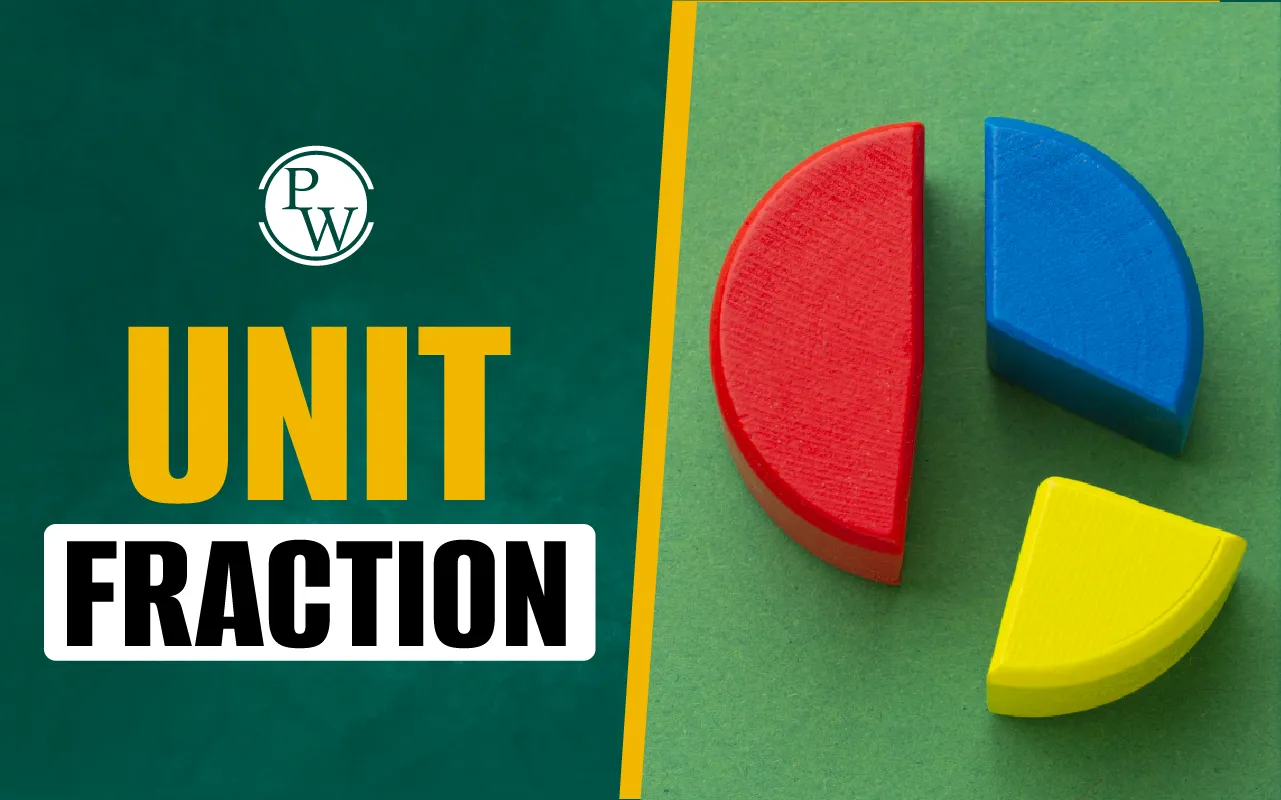

Transformations in Math mean changing the position, size, or direction of a shape or graph. You can slide the shape to a new place, turn it around, flip it like a mirror image, or even make it bigger or smaller. But even after all these changes, the shape doesn’t lose its key features like angles and side lengths, except in dilation, which is a type of transformation in math.
Learning about transformations helps us understand patterns, symmetry, and how designs work. Keep reading to learn more about the different types of transformations, their rules, and examples.
Read More: How to Find the Area of Polygon?
What are Transformations in Math?
Transformations in Math are different ways to change the look of shapes or their placement on the graph. We can move the shape, flip it like a mirror, turn it around, or make it bigger or smaller. Even after these changes, the shape keeps its main properties like angles and side lengths. These changes are called transformations of functions or shapes.
The shape before we change it is called the preimage. After we change it, the new shape is called the image. These changes happen on a coordinate plane, which is like graph paper with x and y lines. There are four main types of transformations, and each type follows some simple rules for transformations, which we use in geometry to solve problems and understand patterns. Let's now understand different types of transformations one by one.
Types of Transformations
In maths geometry, there are four main types of transformations. Each one changes a shape in a different way, either by moving it, flipping it, turning it, or resizing it. Keep reading to better understand the types of transformations.
-
Translation means sliding a shape from one place to another without turning or flipping it. Every point on the shape moves the same distance in the same direction. The shape does not change its size or look; only its position changes.
-
Reflection is like flipping a shape over a line. It is like looking at yourself in a mirror. The line over which it is flipped is called the line of reflection. The shape remains the same in size and shape, but faces the opposite way.
-
Rotation means turning the shape around a fixed point, called the center of rotation. The shape turns by a certain angle either clockwise or counterclockwise. The shape doesn’t change in size or shape, but its direction or orientation changes.
-
Dilation is used to make a shape bigger or smaller. It is done from a fixed point called the center of dilation, using a number called the scale factor. A scale factor greater than 1 makes the shape bigger, and a scale factor between 0 and 1 makes it smaller. The shape changes in size, but the proportions stay the same.
Examples of Transformations in Geometry
To understand the above-explained types of transformation better, here are some examples of Transformations in Geometry:
-
Example of Translation: When you move a square 4 units to the right and 2 units up on the graph. The position is going to change, not the shape and size of the square. This is an example of translation.
-
Example of Rotation: Turn a triangle 90° clockwise around the origin (0, 0). You will see that the triangle changes its direction, but the size and shape are the same. This movement is an example of rotation.
-
Example of Reflection: Flip the "F" letter across the y-axis. The shape now looks like a mirror image. This is an example of reflection.
-
Example of Dilation: A rectangle is enlarged by a scale factor of 2. This means the new rectangle is twice as big as the original, but the shape is still the same. This is an example of dilation.
Read More: Average Formula in Maths
Rules for Transformations Math
In order to understand Transformations math, it is important for students to first know some rules for different types of transformations. These rules help us understand how a shape moves or changes on a graph or coordinate plane.
While sliding, rotating, turning, or resizing a shape, there are some basic rules that help find the new position or size of the shape. Let's now learn about the rules for Transformations Math, as explained below:
Translation Rule
When we translate a shape, we are simply moving it from one place to another on the graph. The shape stays exactly the same; only its position changes. It’s just like sliding a book across a table without turning it.
In math, if we move a point (x, y) by a units left or right and b units up or down, the new point becomes (x + a, y + b). Here’s how it works:
-
Moving right adds to the x-value
-
Moving left subtracts from the x-value
-
Moving up adds to the y-value.
-
Moving down subtracts from the y-value
Reflection Rule
Reflection means flipping a shape over a line, like looking at yourself in a mirror. The shape stays the same in size and form, but it appears flipped. The most common mirror lines are the x-axis and y-axis.
-
Over the x-axis: (x, y) → (x, –y)
-
Over the y-axis: (x, y) → (–x, y)
Rotation Rule
Rotation means turning the shape around a fixed point, usually the origin (0, 0). The shape does not change in size; it only turns. Here are the common rules:
-
90° counterclockwise: (x, y) → (–y, x)
-
180°: (x, y) → (–x, –y)
-
270° counterclockwise or 90° clockwise: (x, y) → (y, –x)
Dilation Rule
Dilation changes the size of the shape but keeps its angles and shape the same. To dilate a shape, multiply both x and y values by a number called the scale factor (k).
The rule is (x, y) → (k × x, k × y).
-
If k > 1, the shape becomes bigger.
-
If 0 < k < 1, the shape becomes smaller.
Read More: Types of Line in Math
Transformations of Functions
Now that we have learned the rules of transformation, let’s understand how they work for functions. Just like we can move or resize shapes on a graph, we can also change how a function’s graph looks. This is called the transformation of functions.
-
Transformations of functions help us see what happens to a graph when we change something in the function’s equation.
-
There are four main ways a function graph can change: shifting (translation), flipping (reflection), stretching or shrinking (dilation), and rotating (not common for basic functions).
-
For example, adding a number to a function can move the graph up or down, while multiplying it can make the graph taller or wider.
-
These changes do not change the basic shape of the graph; they only change its position or size.
Formula of Transformations
We use the formula of transformations in math to show how a graph changes when we move, stretch, or flip it. The Formula of Transformations is f(x) = a(bx – h)ⁿ + k.
Every letter in this formula changes the graph in a different way, as explained below.
-
a controls vertical stretch or compression.
If a > 1, the graph becomes taller.
If 0 < a < 1, the graph becomes shorter.
If a is negative, the graph flips upside down (reflected over the x-axis). -
b controls horizontal stretch or compression.
If b > 1, the graph becomes thinner.
If 0 < b < 1, the graph becomes wider.
If b is negative, the graph flips sideways (reflected over the y-axis). -
h moves the graph sideways.
If h > 0, the graph moves to the right.
If h < 0, it moves to the left. -
k moves the graph up or down.
If k > 0, the graph goes up.
If k < 0, it goes down.
Also Read: Fractions
Improve Your Child’s Basics With CuriousJr Math Tuition Classes
Does your child not enjoy learning maths in school? Many kids lose interest in Mathematics only because they need some extra support in learning it. That’s where CuriousJr’s Online Tuition Classes for Math can help.
Each session is carefully made for curious, growing minds, with simple explanations and interactive teaching. Here's what makes these online maths classes helpful:
-
After-school support for concept clarity
-
Help with exam preparation and Olympiads
-
Personalized learning based on your child’s needs
-
Online PTM sessions to keep parents informed
Book a demo class for maths today and help your child fall in love with math again with the right guidance and support from dedicated mentors.
Transformations FAQs
What are Transformations in Math?
What are the types of transformations in Math?
Do transformations also change the angles and side lengths of the figure?
What are some real-life examples of Transformations?













